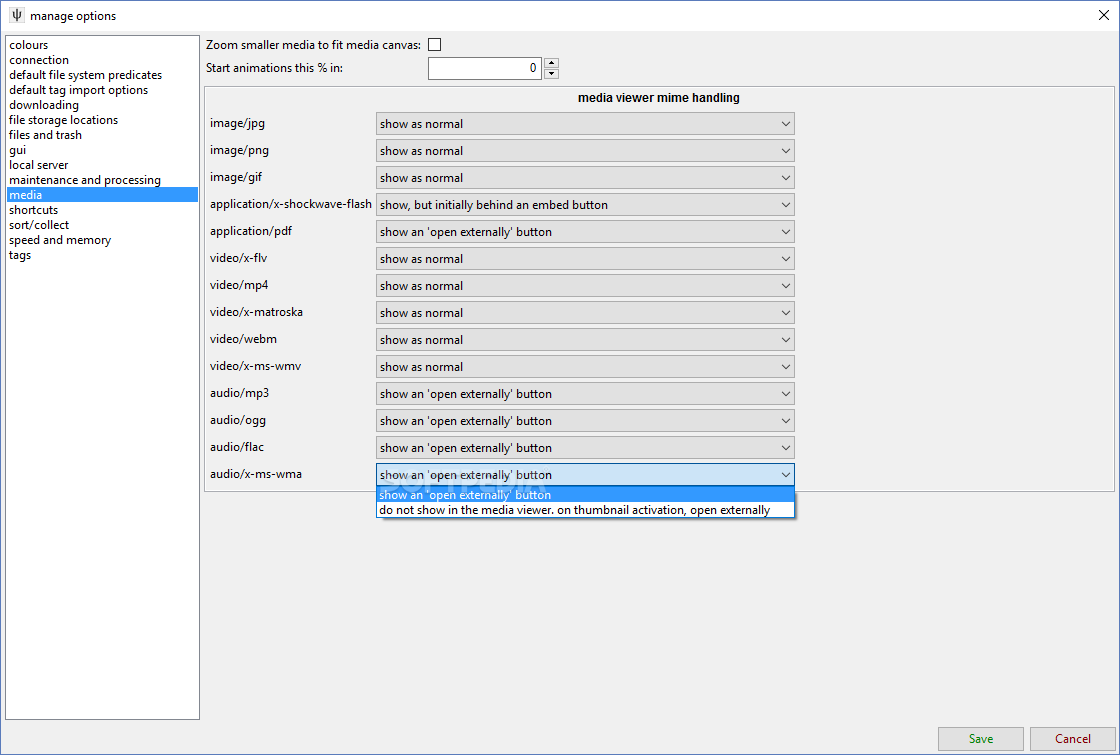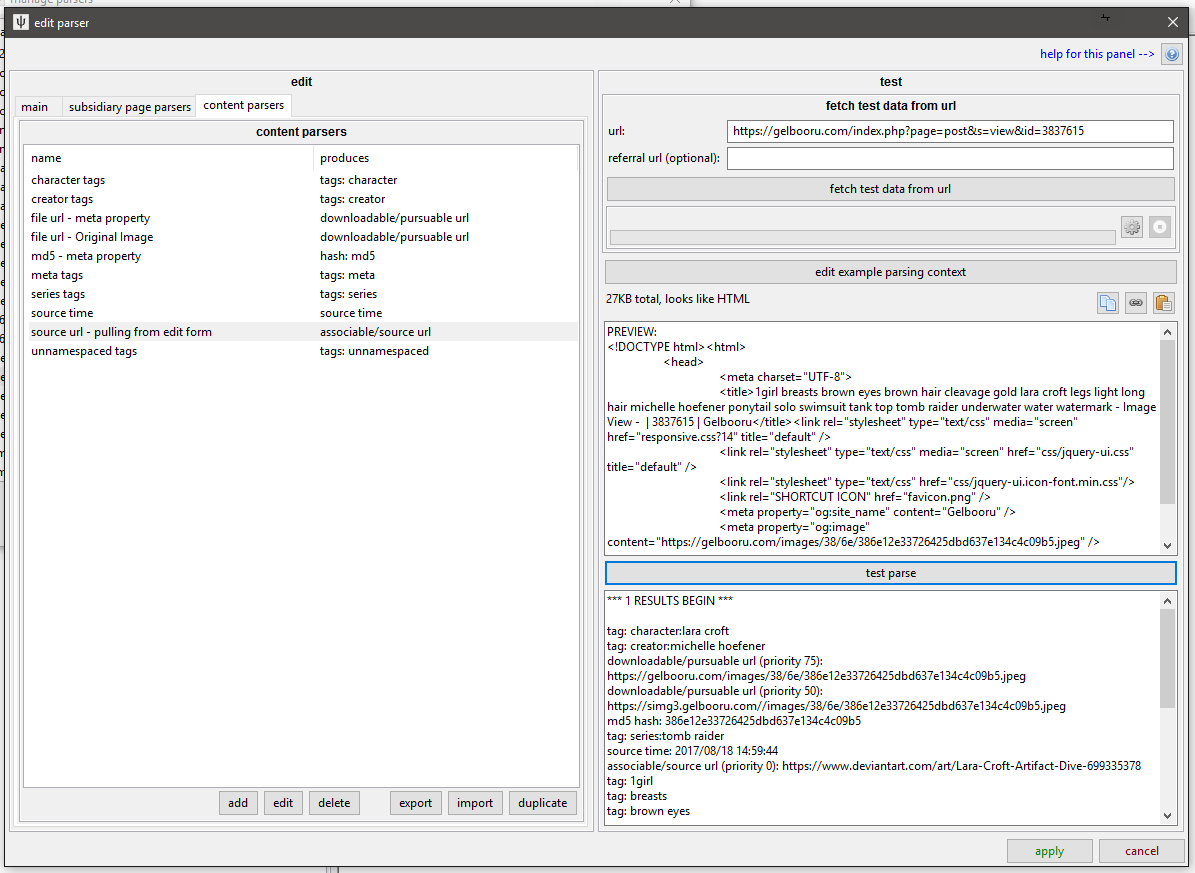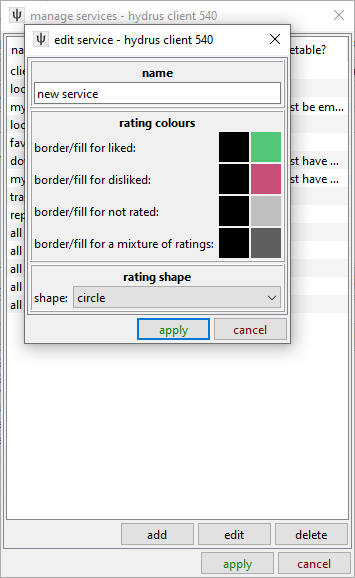

HYDRUS may be used to analyze water and solute movement in unsaturated, partially saturated, or fully saturated porous media. Attachment/detachment theory, including filtration theory, is additionally included to enable simulations of the transport of viruses, colloids, and/or bacteria. In addition, physical nonequilibrium solute transport can be accounted for by assuming a two-region, dual-porosity type formulation which partitions the liquid phase into mobile and immobile regions. The transport equations also include provisions for nonlinear nonequilibrium reactions between the solid and liquid phases, linear equilibrium reactions between the liquid and gaseous phases, zero-order production, and two first-order degradation reactions. The solute transport equations consider advective-dispersive transport in the liquid phase, as well as diffusion in the gaseous phase. The heat transport equation considers transport due to conduction and convection with flowing water. The flow equation incorporates a sink term to account for water uptake by plant roots. The HYDRUS program numerically solves the Richards equation for variably saturated water flow and advection-dispersion equations for both heat and solute transport. September 2023: New version HYDRUS 5.03 has been released - see New Features

HYDRUS version 5 was released in April 2022 and it merges two previously independent software packages HYDRUS-1D (version 4, for one-dimensional applications) and HYDRUS (2D/3D) (version 3, for two- and three-dimensional applications).

This list also includes almost 50% of the World's top 100 universities 2014. HYDRUS is currently being used by more than 3000 companies and institutions from around the world - see the list of selected customers. The program can be extended with a number of special add-on modules. HYDRUS is a Windows application for simulating water, heat, and solute movement in one-, two- and three-dimensional variably saturated media.


 0 kommentar(er)
0 kommentar(er)
